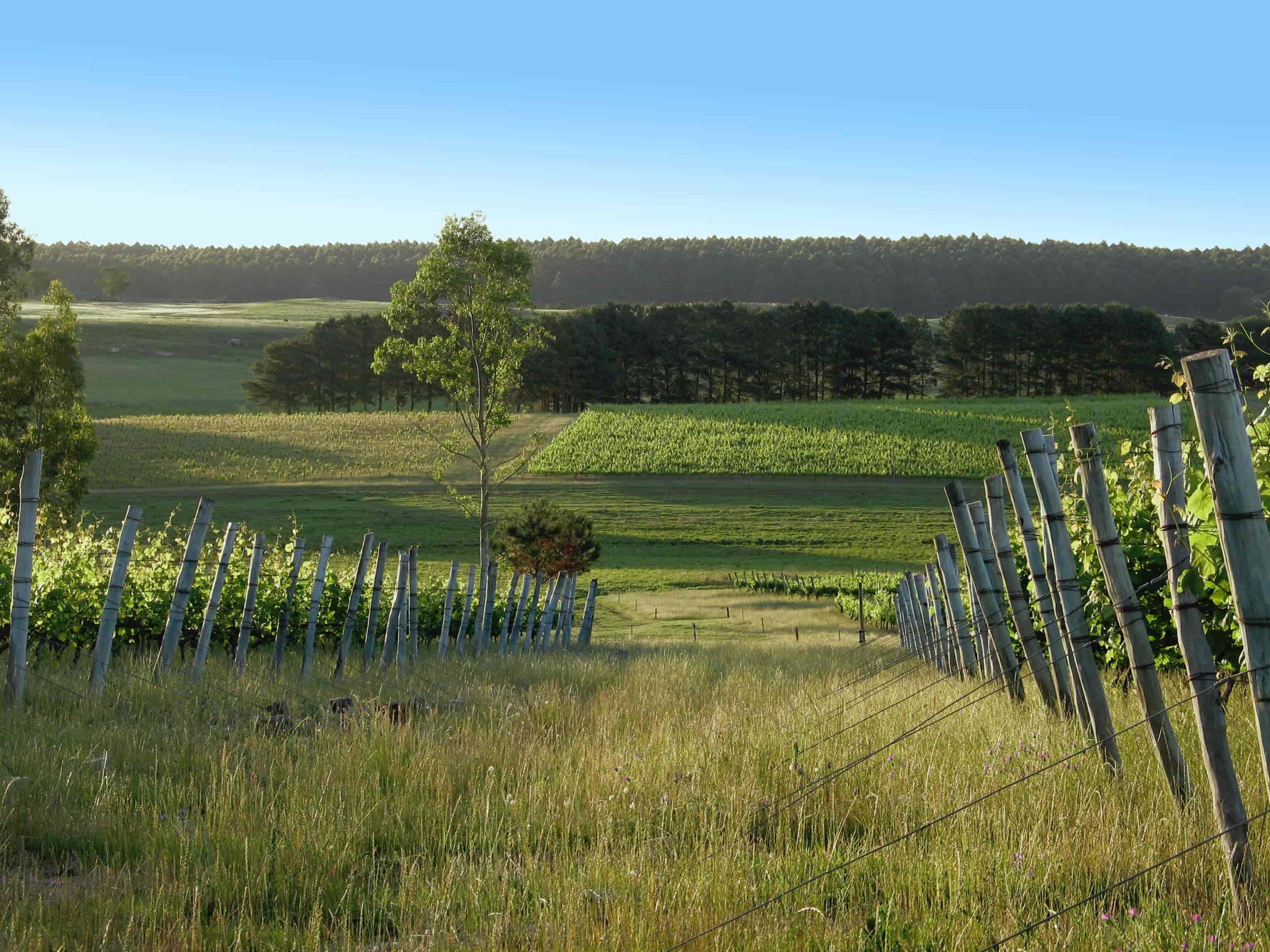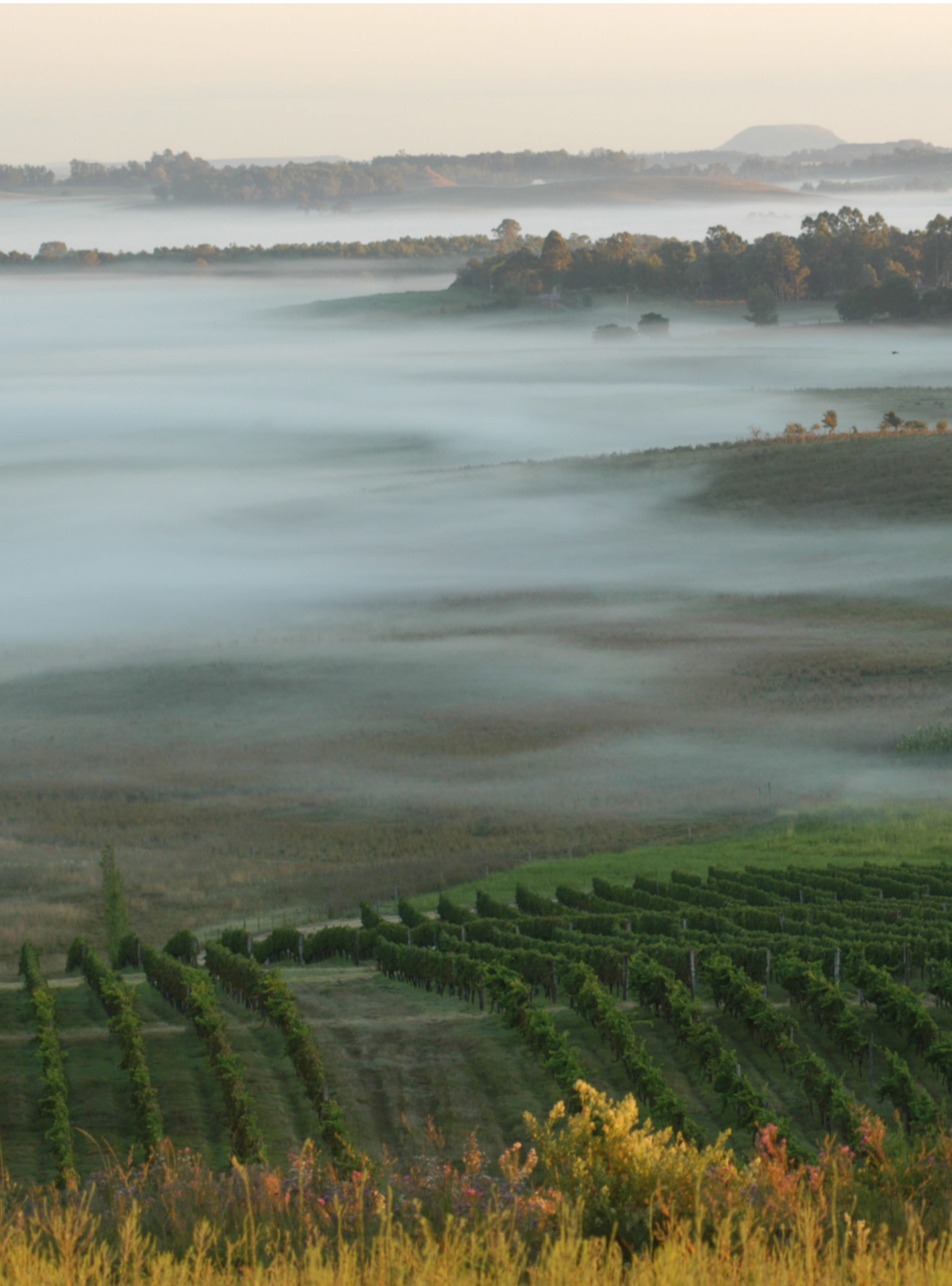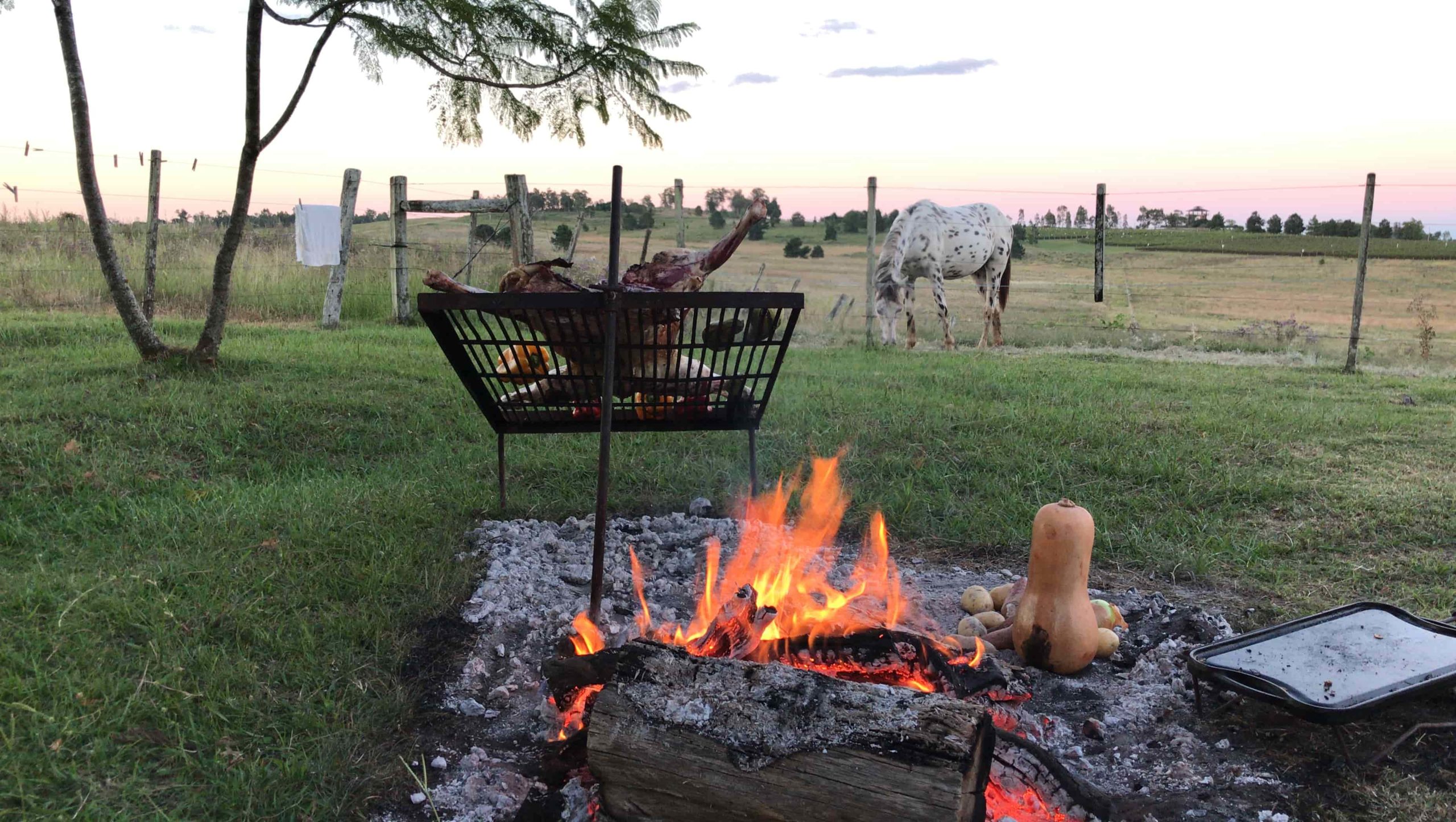Uruguay has much more to offer than just Canelones and Maldonado… there are also a host of wine regions in central and northern Uruguay. Get to know these off-the-radar regions in our guide to Rivera, Salto, Durazno & beyond.
Guide to Central & Northern Uruguay’s Wine Region
Sub-regions in Central & Northern Uruguay
Notable Producers
Best Wines to try
Map of Uruguay’s wine regions
Guide to Central & Northern Uruguay’s wine region
Although nowhere near as well-known as Canelones, many consider the northern region of Salto to be the birthplace of Uruguayan Tannat. After all, it was here, in this north-western province that shares rivers, waterways and expansive pampas with Argentina, that Tannat is believed to have first been planted by Pascual Harraigue.
Salto boomed in the early 20th century and had 124 vineyards during its heyday so the 60-odd hectares you find in Salto today are a mere shadow of the region’s former vineyard area. Nevertheless, these northern and central wine regions of Uruguay together account for almost 5% of Uruguay’s production and offer a very different dimension to the otherwise very coastal wine scene.
These wine regions have much warmer average temperatures than the coastal regions further south and, although this can present challenges for making fresh white wines, it brings benefits when it comes to ripening and rounding the tannins of the red wines. Northern and central Uruguay can be capable of producing attractively supple red wines with full body and a softer, more feminine structure, and are especially renowned for good quality in late-ripening varieties like Tannat and Cabernet Sauvignon.
Sub-regions in Central & Northern Uruguay
PAYSANDÚ
Hectares planted: 124
Producers: 20 vineyards
Paysandú is the largest inland wine region and is mainly focused on table wines for local consumption. The warmer temperatures make it quite suitable for producing rich red wines, including Tannat, Cabernet Sauvignon and Syrah.
SALTO & ARTIGAS
Hectares planted: 71 (Salto 58; Artigas 13)
Producers: 19 vineyards (Salto 16; Artigas 3)
Salto is renowned because it is where the father of the modern Uruguayan wine industry, Pascual Harraigue, started out. There is renewed interest in Salto from a handful of producers who have arrived in the region in recent years, exploring the poor, sandy and rocky soils of the old riverbeds in this warm-climate region, which are quite free-draining and offer a major benefit in this damp climate.
Artigas is the northernmost region of Uruguay, bordering both Argentina and Brazil and, although it has similar conditions to Salto, it is slightly warmer and wetter and its grapes are generally used for table rather than fine wines.
RIVERA & TACUAREMBÓ
Hectares planted: 39 (Rivera 28; Tacuarembó 11)
Producers: 9 vineyards (Rivera 2; Tacuarembó 7)
Rivera is Uruguay’s easternmost wine region, which kisses the border with Brazil. Planting on higher land with free-draining red sand soils is an essential measure in this region, which can receive close to 1,500 mm rain per year. These are quite high-altitude vineyards by Uruguay’s standards, at around 270 m.a.s.l., and the small tabletop mountains nearby make for a rather picturesque setting. Rivera can make excellent red wines, Tannat in particular, with the ability to age well.
Just below Rivera is Tacuarembó, which has similar climate and soil conditions to Rivera, although the rainfall is slightly lower (1,280 mm per year). There are several small vineyards here and Tannat also performs best.
FLORIDA & DURAZNO
Hectares planted: 36 (Florida 17; Durazno 19)
Producers: 6 vineyards (Florida 3; Durazno 3)
Right in the middle of the country, Durazno is known as the breadbasket of Uruguay because it’s an important producer of crops, including the peaches (duraznos) it was named after. The warm climate and clay-sand soils are also ideal for ripening long-cycle red varieties, including Tannat and Cabernet Sauvignon.
Florida sits between Canelones and Durazno, and the climate is impacted by a mixture of maritime influences from the south and the warmer subtropical influences from further inland.
Notable Producers in Central & Northern Uruguay
ARIANO HERMANOS
Although the winery is in Canelones, the Ariano family have 30 hectares in Paysandú, where one of their top wines, Don Nelson Tannat, comes from.
BODEGA CERRO CHAPEU
The Carrau family were pioneers in Cerro Chapeu in 1975, where today they have 35 hectares of vines on the Uruguayan-Brazilian border. With a long-standing family winemaking tradition stemming from 1752 in Spain, the tenth generation is now taking charge in Uruguay.
BODEGA FALCONE
Established by an Italian family who arrived in the Paysandú region in 1886, this historic winery is now run by the third and fourth generation.
EL CAPRICHO
El Capricho means ‘on a whim’ and when investor friends Dirk and Paul found a 200-hectare plot of land, including seven hectares of vineyards, for sale in Villa del Carmen in the middle of Uruguay, it took their fancy and they decided to start making wine for themselves. However, there is nothing whimsical about El Capricho winery nor their boutique production.
SALTO CHICO
With six hectares of Tannat and Merlot planted in 1999, Salto Chico is a boutique winery close to the bubbling waterfall of Salto Chico.
VIÑAS DEL 636
A boutique producer with six hectares in Rivera, predominantly making red wines.
Terroir Selection: Best wines to try from Central & Northern Uruguay
It’s worth seeking out wines from the inland regions of Uruguay to explore a different aspect of the nation’s wines. They offer a supple, more approachable style of mainly red wines but still have concentration and the potential for ageing.
CERRO CHAPEU, Botavi T1 Single Vineyard
Rivera. $$$. Drinking window <20 years
The ‘new’ icon from Cerro Chapeu is a rebirth of their renowned Amat wine, and takes its character from 40-year-old Tannat vines in the red soils of Rivera. Rich notes of poached plum, mandarin peel and cloves, with spicy tannins, a firm structure and fresh acidity. It’s a wine that will undoubtedly be alive and kicking for another 40 years!
EL CAPRICHO, Aguará Tannat Special Reserve
Durazno. $$. Drinking window <15 years
From the very centre of Uruguay, this special selection of Tannat takes on a rich and powerful character, proudly displaying intense notes of black forest fruit and spice with herbal and floral undertones and an earthy complexity.
H STAGNARI, Dinastía
Salto. $$. Drinking windown <15 years
One of the main producers in Salto, this is H Stagnari’s top wine and shows the richness and warmth of the region with ripe fig, raisin and liquorice notes. Barrel-aged for 12 months, it has complex, earthy notes of tobacco and tar, and chewy tannins that have been tamed over time. A winter warmer for meat stews.
Want to know more about the
wine regions of Uruguay?
ORDER YOUR COPY of The South America Wine Guide now!
E-book AVAILABLE ONLINE too.
Map of Uruguay’s wine regions
You can download all the wine region maps for South America for free on this link. Please feel free to share and use the wine region maps while crediting @SouthAmericaWineGuide.




